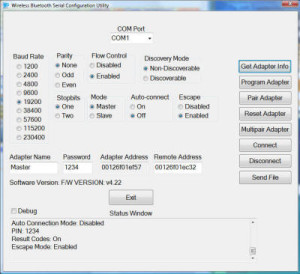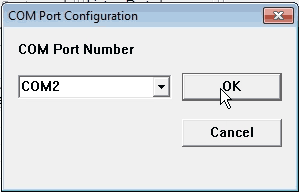

Ĭrwxrwxrwx 1 root root 180, 0 Dec 18 19:55 hiddev0Ĭrwxrwxrwx 1 root root 180, 1 Dec 18 19:55 hiddev1 Now, we should have some “nicely named” UPS USB devices:ĭrwxr-xr-x 2 root root 120 Dec 18 19:55. Now to get the serialnumbers: # udevadm info -attribute-walk -name=/dev/usb/hiddev0 | egrep 'manufacturer|product|serial'ĪTTRS="8675310", OWNER="root", SYMLINK+="usb/ups-compute-and-network"Īnd now to re-run the udev rules: udevadm trigger -verbose -sysname-match=hiddev* Great! we’ve got things that look like UPS devices on /dev/usb/hiddev0 and /dev/usb/hiddev1. UPS devices are generally mounted at /dev/usb/hiddev*, so we should confirm that we have a few present: # ls /dev/usbīus 002 Device 001: ID 1d6b:0002 Linux Foundation 2.0 root hubīus 004 Device 002: ID 051d:0002 American Power Conversion Uninterruptible Power Supplyīus 004 Device 001: ID 1d6b:0001 Linux Foundation 1.1 root hubīus 001 Device 001: ID 1d6b:0002 Linux Foundation 2.0 root hubīus 003 Device 002: ID 051d:0002 American Power Conversion Uninterruptible Power Supplyīus 003 Device 001: ID 1d6b:0001 Linux Foundation 1.1 root hub I decided to use the first step outlined in the apcupsd guide on the Debian Wiki (creating udev rules to ensure physical devices are given a persistent path on boot/attach).

Dockerizing APCUPSDĪt this point, I decided to take a different approach to isolating each apcupsd process: an approach with far greater discoverability, version-control potential, and scalability. I’m generally not a fan of creating large “custom” configuration files in obscure locations with great variance from the distributed package, so this process seemed a little “hackey” to me especially since the end result of all of these configuration files was to have “isolated processes” for each UPS to monitor.
#Apc serial configuration utility how to#
To date, I’ve found one article describing how to configure apcupsd to support multiple USB-attached UPS devices, and it’s not really pretty. What about using multiple UPS devices for different components of the same “workspace”? Or home networks with access points and switches in more than one location (therefore each having its own battery backup)? How would one monitor multiple distributed battery backup units (presuming each UPS unit has only USB connectivity)? APCUPSDĮnter apcupsd: “A daemon for controlling APC UPSes.” Unfortunately, the plurality of this utility’s tagline indicates a wide range of supported devices rather than multiple concurrently connected devices. In this scenario, these smaller units are typically allocated to individual devices / ares, and are typically only responsible for signaling the status of the incoming utility power to one device.

However, most home users are not in a position to acquire a massive 10+ kilovolt-amp UPS capable of protecting all circuits by which our various “personal devices” are powered rather, most home/small office UPS installations are often small desktop units usually under 3kVA.

As any proper IT-nerd would agree, UPS devices are critical pieces of equipment not only in the data center, but also at home.


 0 kommentar(er)
0 kommentar(er)
